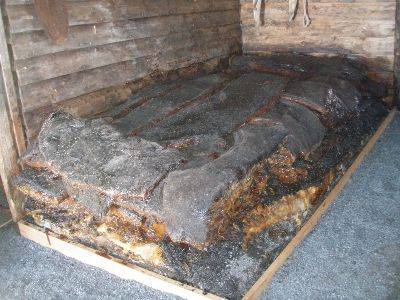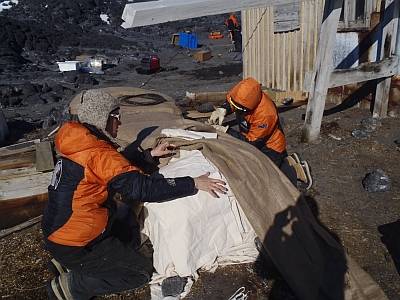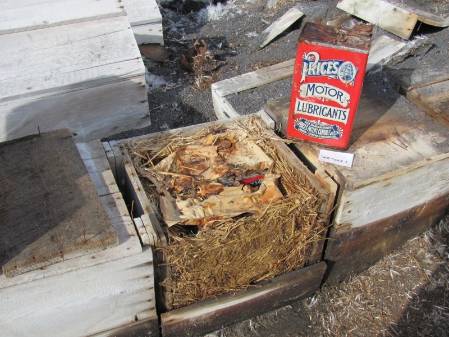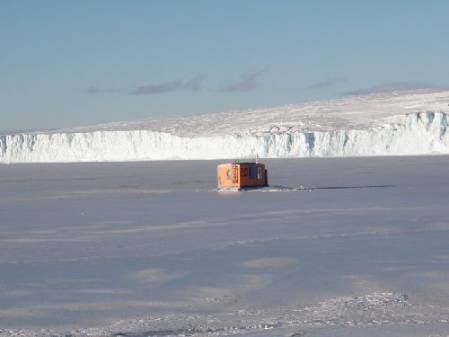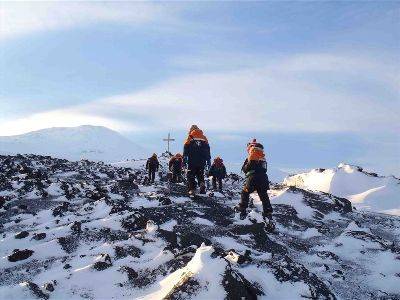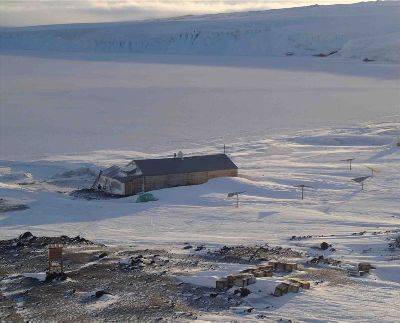Author: Diana
Date: January 13, 2011
Temperature: -1 to -2 degrees celcius
Wind Speed: 15 knots (20-30 knott gusts)
Temp with wind chill: -roughly -8c
Sunrise: Sun is up all the time
There are no naturally occurring sources of fuel for heating or cooking available in Antarctica. It has therefore always been necessary to bring some source of fuel. Today we use LPG (propane) and furnace oil for heating and cooking. They come to Antarctica with the container ship in February every year.
During the Heroic Era of Antarctic discovery, coal and coal Bricketts as well as paraffin were brought down, but they also used something more local – seal blubber (fat). It was not as effective a heat source and left a sooty layer from its smoke but worked just the same. See this image of Meares and Oates at the blubber stove, cooking food for the dogs, May 26th 1911.
The Ross Sea Party, stranded from their ship the Aurora when she broke free of her anchors in 1914-15, used primarily blubber for heating and cooking. There remains a pile of seal blubber at Cape Evans from this group. With the restoration work going on it was best to cover the pile but this week the table-like cover was removed. The surface was cleaned by picking the bits of scoria gravel, feathers and dust off. A retaining dam was constructed around the pile of blubber to keep it intact. It is an amazing site and the aroma is quite distinctive.



